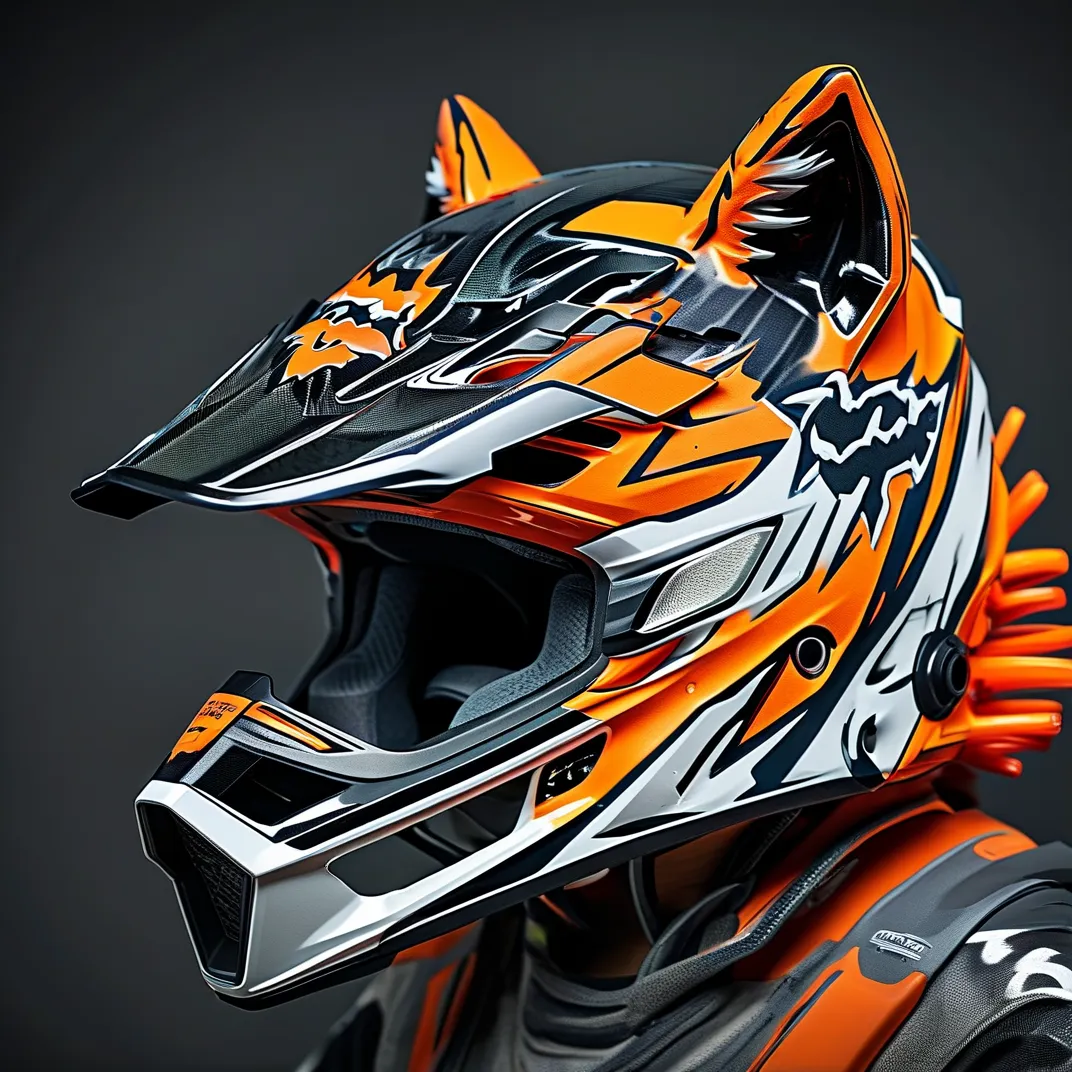Upgrading your vehicle with high-performance auto parts and racing gear requires more than just enthusiasm—it demands precision, research, and an understanding of how each component impacts performance. Whether you’re building a track-ready machine or enhancing your daily driver, selecting the right parts ensures durability, efficiency, and safety. Below, we’ll explore actionable strategies to help you make informed decisions backed by industry expertise and proven results.
1. Start With Your Performance Goals
Identify whether you’re optimizing for speed, handling, endurance, or a combination. For instance:
– Track racing: Prioritize lightweight materials (e.g., carbon fiber driveshafts) and aerodynamic components like spoilers or splitters.
– Off-road builds: Focus on reinforced suspension systems and skid plates.
– Street performance: Balance power upgrades (turbochargers, exhaust systems) with drivability and emissions compliance.
Consulting lap time data from platforms like SportyCarLab or dyno test results from manufacturers ensures your choices align with measurable outcomes.
2. Verify Material Quality and Certifications
High-performance parts must withstand extreme conditions. Look for:
– Aerospace-grade alloys (6061-T6 aluminum, titanium) in suspension components.
– SAE J2530 certifications for racing seats, indicating crash-test compliance.
– FIA homologation for safety gear like harnesses and roll cages.
Brands like Brembo, KW Suspensions, and Sparco invest heavily in R&D and third-party testing—prioritize their products for proven reliability.
3. Compatibility Is Key
Even top-tier parts underperform if mismatched. Cross-reference:
– Vehicle specifications: ECU compatibility for forced induction systems or axle ratios for differential upgrades.
– Fitment guides: Use tools like RealStreetPerformance’s Fitment Calculator to avoid clearance issues.
– Professional tuning: A dyno session with a certified technician optimizes components like camshafts or fuel injectors for your engine’s unique profile.
4. Prioritize Safety in Racing Gear
Your helmet, suit, and harnesses are non-negotiable investments:
– SNELL 2020/SA2020 ratings for helmets ensure impact resistance at 300+ G-force levels.
– Multi-layer Nomex® fabrics in racing suits provide flame resistance up to 1,800°F (per SFI 3.2A/5 standards).
– HANS devices reduce neck injuries by 80% in frontal collisions (NHTSA study).
Avoid budget-focused compromises here—reputable retailers like RaceQuip or Simpson offer life-saving guarantees.
5. Balance Budget Without Sacrificing Reliability
High-performance doesn’t always mean high-cost:
– OEM+ upgrades: OEM manufacturers like BMW M Performance or Ford Performance offer warrantied parts validated for your model.
– Refurbished components: Certified rebuilt turbochargers from Garrett or BorgWarner cut costs by 40–60% without sacrificing lifespan.
– Phase your build: Start with suspension and brakes before investing in engine mods to maximize ROI at each stage.
6. Leverage Community Expertise
Engage forums (NASIOC, LS1Tech), attend track days, or consult specialists:
– Professional racers like Randy Pobst often share setup insights on YouTube channels like Motortrend.
– Data loggers (AIM Solo 2 DL) provide real-time feedback to fine-tune your choices post-installation.
Final Checklist Before Purchase
- Confirm return/warranty policies (minimum 30-day coverage).
- Validate manufacturer claims with third-party reviews (Engineering Explained, Car Throttle).
- Test fitment with adjustable components like coilovers before final assembly.
By aligning your selections with engineering standards and real-world testing, you’ll build a vehicle that delivers peak performance safely and consistently. Stay informed, stay critical—and let the data drive your decisions.




Leave a Reply